Having just spent a week in the hospital for some pulmonary problems I now find myself confined to the condo on oxygen for a few weeks and limited to birding from our back patio. This happenstance provides an excellent opportunity to document some of the backyard birds that we encounter here in Florida, which as you can imagine, are vastly different from the backyard birds we have on the farm in Pennsylvania. In fact, there are so many here in Florida that both this column and next month’s will feature some of them.
To begin, first featured is a photo of our Florida backyard (top). It is a panorama that was shot a number of years ago featuring a nice rainbow over our clubhouse and swimming pool area. I must confess that right smack in the middle of the photo, if completely accurate, would be an unsightly concrete electric pole and an equally ugly electric junction box and cable connector post which I have removed from the photo. I hope you, Dear Readers, will forgive me this indulgence. In addition, two creatures found in our Florida backyard that would never occur in Pennsylvania are the alligator (photo 2, a cell phone photo that Jewel took) right up about 25 feet off our patio, and a large gray iguana (photo 3, also Jewel’s cell phone photo) in the grass nearby.
A flock of about 40 White Ibis hang around our pond daily and sometimes seem to be herded about by some Sandhill Cranes (photo 4) The Sandhill Cranes act as though they own the entire condo complex as they commandeer the streets and make drivers maneuver around them. They also occasionally venture right up onto our patio and sometimes peck at the screens in our sunroom windows doing significant damage to them. We have had to replace several of our screens a couple of times. We suspect they see their reflection behind the screens and are actually pecking at their own reflection.
There are also a good number of Palm Warblers frequenting the shrubbery around our condo units. They spend a fair amount of time right on our patio (photo 5) and apparently find some kind of food there. I haven’t yet figured out what it is but they definitely seem to be eating something there. Ducks often come to our pond, such as this Lesser Scaup (photo 6) which spent the better part of a day here, but never gave me an opportunity to get a photo with which I was particularly happy.
There have also been Ring-necked ducks, Black-bellied Whistling Ducks, and of course, the Mottled Ducks which hang around much of the time. I have so many other photos of these ducks from other locations, that I haven’t bothered previously to take them on our pond and they haven’t accommodated me during my recuperation.
There are three Purple Martin houses across the pond by the club house and the Purple Martins, which arrive here about the end of January (April on our farm in Pennsylvania), are well into nest building at this time. They gather material at a corner in the pond which is a difficult location for me to get their picture (photo 7). This female Anhinga, (photo 8) featuring breeding plumage as shown by the bright turquoise circle around its eye, was drying its wings on the far side of the pond. Finally, a Cattle Egret (photo 9) caught its dinner in the grass about 20 feet off our patio. The Cattle Egrets just love to search the lawn behind our unit and next door for food.
My recovery is going well and I am looking forward to being able to get out and about once again as the migration is underway and there are so many wonderful birding locations here in Florida. In the meantime, I have a brand new appreciation for being able to go birding without restriction. My birding companions here in Florida are visiting such excellent birding sites and I would normally be with them taking many photos and having a wonderful time. Right now I am birding vicariously with them seeing what fantastic photos they are posting and believe me, it really sucks not being able to be there with them.
The lesson to be learned is to enjoy the here and now to the fullest, for one never knows when it might come to an end, or at least a period of time when one is not able to do so. For the time being I am enjoying birding from our back patio or occasionally even from inside our sunroom off the patio.
That is my here and now and I am looking forward to expanding my horizons, hopefully sooner rather than later. It’s a little like being in high school and enjoying that first infatuation or relationship and looking forward to what the future might hopefully bring. Except that now, at 90 years of age, I have a pretty good idea of what those infatuations and relationships have been. And indeed, they have been really great. Actually, REALLY GREAT!




























